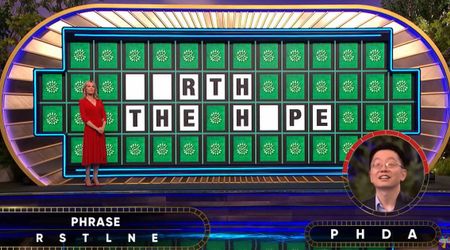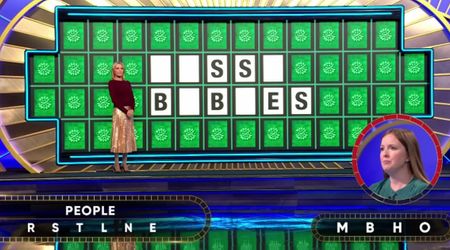Buy Now, Pay Later Apps Gain Popularity Amidst Economic Strain

As the economy grapples with the impact of the COVID-19 pandemic and inflation takes hold, Americans are increasingly turning to alternative payment methods to navigate their changing financial landscapes. One such trend is the usage of Buy Now, Pay Later (BNPL) apps. These payment solutions are experiencing a surge in popularity worldwide, particularly among young adults. This payment model allows consumers to make immediate purchases with deferred payments, enticing them with the benefit of no additional costs.

A Surge in BNPL App Usage
According to a recent Adobe Analytics report, the end of last year witnessed the highest usage of BNPL apps on record, with Cyber Monday alone accounting for $940 million in purchases, marking a substantial 42.5% year-over-year increase. Another study found that 29% of users purchased appliances, and 32% bought furniture, while clothing and electronics remained the most common purchases.
Contrary to the misconception that BNPL borrowers lack access to other forms of credit, a Consumer Financial Protection Bureau (CFPB) study found that 95% of BNPL users had at least one credit record in another account, highlighting potential issues related to credit utilization ratios. The study also points out that BNPL users tend to experience higher levels of financial distress compared to non-users.
The findings stated that frequent BNPL borrowers often have lower credit scores, falling within the 580 to 669 range, while non-users typically have good credit scores ranging from 670 to 739. The study challenges the assumption that BNPL users are financially underserved, emphasizing that these borrowers are more likely to use various credit products.

Financial Implications
While BNPL apps may offer convenience at checkout, they may not always be the best financial move. Moreover, higher levels of financial distress among BNPL users are likely linked to elevated credit utilization ratios on both BNPL apps and other credit sources. As an alternative, consolidating high-interest debts into a single, manageable loan can help individuals get out of debt faster and avoid costly payment options.

Consumer Concerns
Despite the revenue generated from merchant fees, BNPL platforms grapple with profitability challenges, stemming from elevated fixed costs, rising funding expenses, and heightened delinquency rates. The rapid proliferation of these payment methods raises concerns for public authorities on two fronts: consumer protection and the accumulation of credit risk.
It becomes critical to assess whether BNPL schemes exploit financially constrained individuals through deceptive promotions and insufficient information. Moreover, given the high delinquency rates associated with BNPL platforms, sustained growth in these systems necessitates vigilant monitoring of their direct and indirect connections with the financial system.























